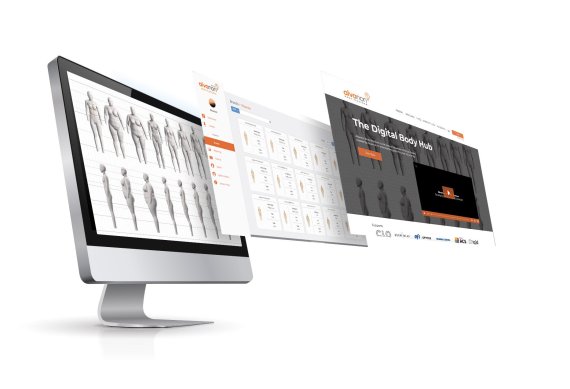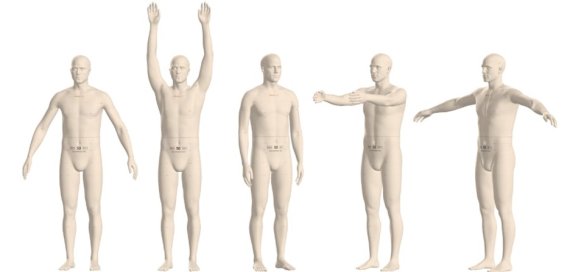
Over-supply has always been a problem for the fashion and apparel industry and has been making a dent on the profitability of the retailers as well as the manufacturers. The bigger problem here is that the retailers and manufacturers of apparel fail to utilise the available data for decision-making at a large scale and act only on their experiences or intuitions. This is the basis of more production, less relevance and unsold inventories in the retail shelves.

According to Alvanon, standardisation is key and data-driven standards must underpin all product development, pushing companies to use data to generate standards based on the size, shape and demographic characteristics of their target consumers. Digitalisation and a data-driven approach enable companies to standardise and share all their critical standards information and tools in a hub that everyone who needs to can access. A library of agreed, defined and consistent standards that would include body blocks, fabrics, fit standards and 3D avatars must form the basis of all product development. These ‘Asset Libraries’ are the key to generating ‘Authentic Digital Garments’--that is, digital garments that are truly representative of the physical product.
Terming this whole need as the basis of ‘the authentic digital garment’, Jason Wang, COO, Alvanon stated that digitalising workflow can only happen if a company has built an ‘authentic digital garment’ library of high-quality digital assets. The first step is to understand, create and define the size and shape standard for a target consumer population.
Though ‘authenticity’ is a key requirement of an authentic digital garment, fashion professionals across the product life cycle must trust that the digital garment is the same as the physical product and these authentic digital garments can then be confidently and quickly generated and modified in the virtual world before committing to more costly and wasteful physical samples.

Having an authentic digital garment library of all core products can cut physical sample production by up to 80 percent. This library of authentic digital garments will become one of the most important shared assets for any apparel company, if implemented correctly. “We have an opportunity today with the technology and tools available to us to build a new future for the apparel industry. One where the digital and physical are closely connected and work together,” said Jason.
The above article is an excerpt from the **Executive Summary Report of the 3D TECH Festival organised by Alvanon in collaboration with e-learning platform partner MOTIF.
To access the full 3D TECH Festival Executive Summary Report: https://alvanon.com/3d-tech-festival-2020-executive-summary-report/
- ISPO awards
- Mountain sports
- Bike
- Design
- Retail
- Fitness
- Health
- ISPO Job Market
- ISPO Munich
- ISPO Shanghai
- Running
- Brands
- Sustainability
- Olympia
- OutDoor
- Promotion
- Sports Business
- ISPO Textrends
- Triathlon
- Water sports
- Winter sports
- eSports
- SportsTech
- OutDoor by ISPO
- Heroes
- Transformation
- Sport Fashion
- Urban Culture
- Challenges of a CEO
- Trade fairs
- Sports
- Find the Balance
- Product reviews
- Newsletter Exclusive Area
- Magazine




